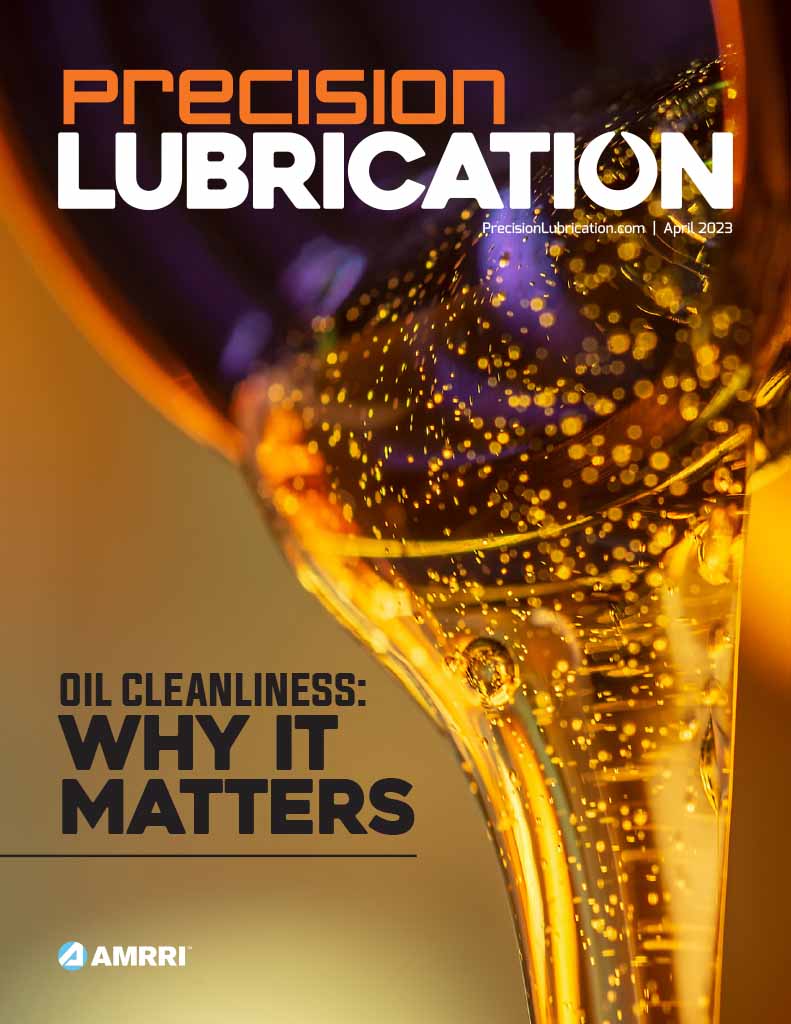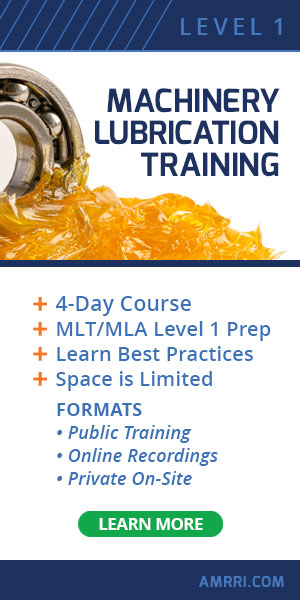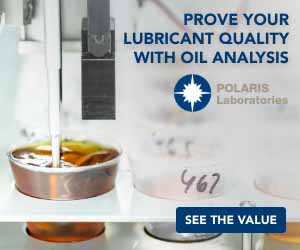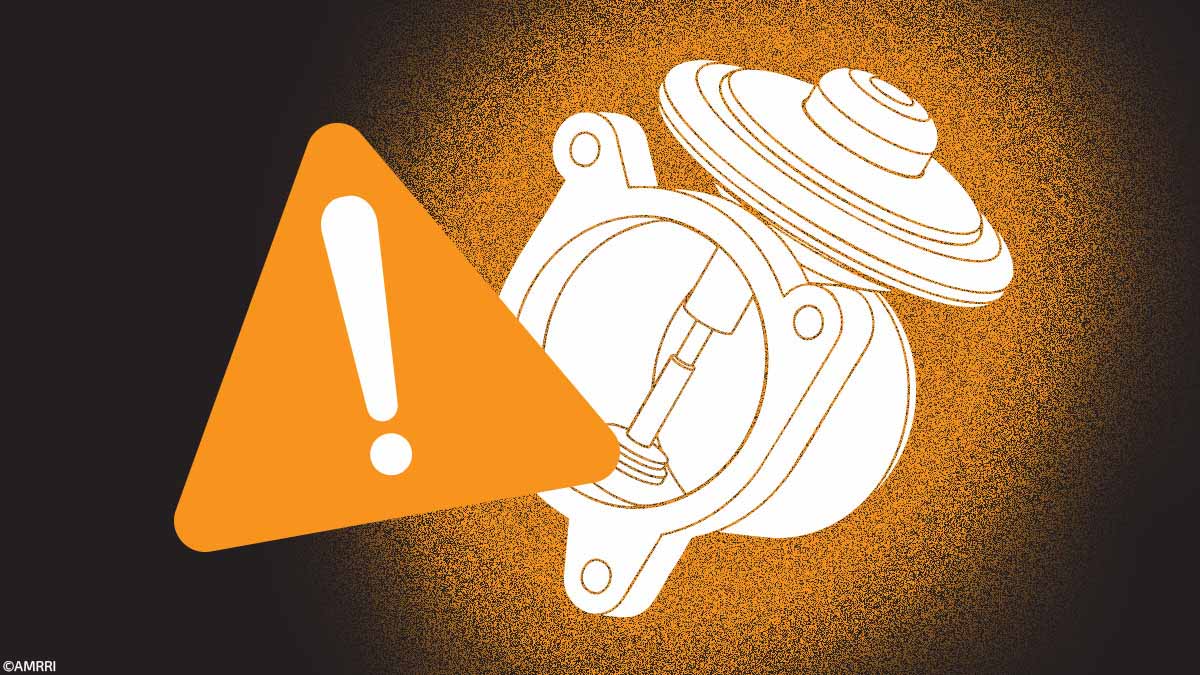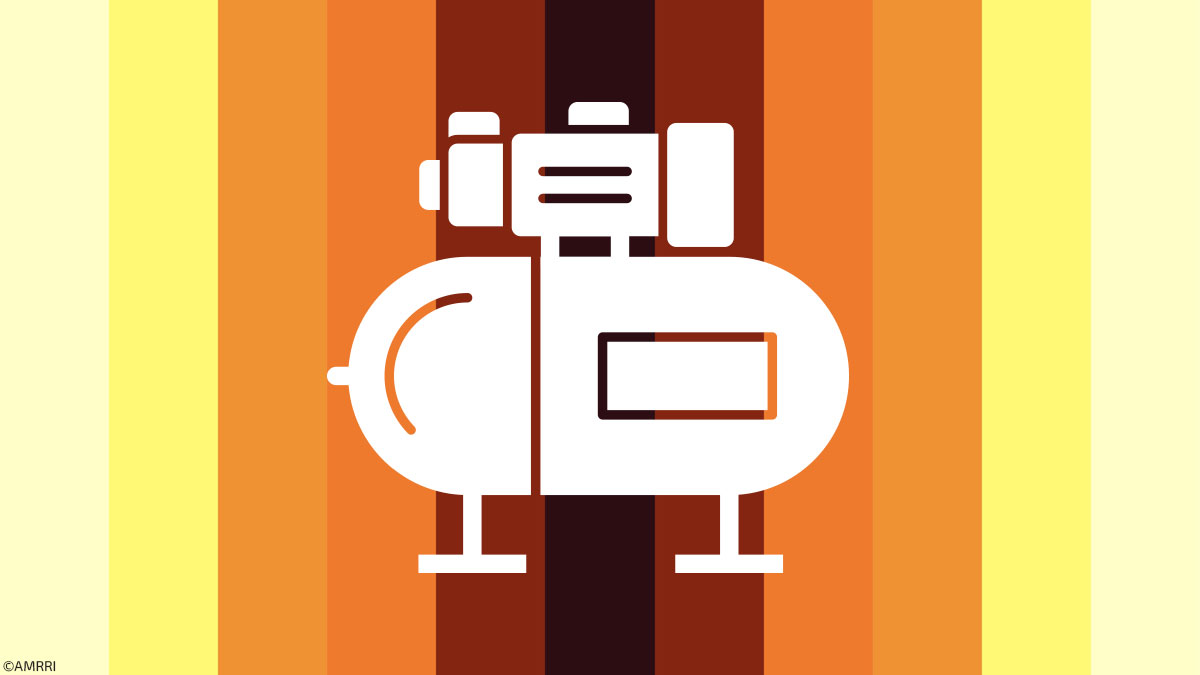Achieving proactive maintenance involves three key steps: setting cleanliness targets, implementing specific actions to meet those targets, and frequently measuring contaminant levels. This article focuses on the second step—specifically, how to choose the most effective filter location to support contamination control.
Once the target cleanliness level is established, engineers face the challenge of optimizing filter placement, often involving multiple locations. Selecting the right filter location is crucial for achieving a balance between contaminant ingress and removal while maintaining accessibility, system performance, and cost-effectiveness.
To ensure effective solid particle ingression balance, the engineer must consider various elements such as:
- whether the filter will be for protection or for maintaining contamination control,
- ease of access for maintenance,
- and the performance of the unit being considered to meet the challenges of the target cleanliness levels set.
Protection-Focused Filtration Strategies
The first decision to be made is whether the system is a complex unit requiring the protection of sensitive components. The main hydraulic units operating with sensitive servo valves would be typical of such a requirement, where clearances are <5µm. In this case, it is advisable to consider a protection filter to minimize damage to components, particularly those with minimal working clearances between components.
Protection filters considerations:
- Located upstream of sensitive components, typically protecting from particles entering the circuit from the tank or pump wear debris.
- Typically located downstream of the pump, it is mounted in a high-pressure zone. This will necessitate a stronger element and housing, thereby increasing costs.
- Because of the role of protection, the units are typically not fitted with a bypass option. This means the system will shut down if a sudden rise in ingression occurs, which will prematurely block the element.
Protection filters are not intended to balance system ingression; they are merely protection devices. Given the high cost of these elements, their use as contaminant control filters is not advised.
Filtration for Maintaining Cleanliness Targets
Filtration for the purpose of contamination control becomes more complex in certain locations.
The first stage in the location selection process for contamination control is to map the solid particle ingression across the asset to determine the required balance. The aim is to optimize a filter specification that balances ingression and a location that optimizes this process.
Consider the following ingression points in the system:
- Ingression from manufacturing and service work, which is usually dealt with by flushing following installation or outages.
- Ingested contamination from the environment via the
- Breathers or vents
- Hatches or filler ports
- Seals or gaskets
- Generated contaminants from the working surfaces or the lubricant itself.
Therefore, if we consider that the filter must achieve a balance, then the particle removal rate is as follows:
Removal Rate > Sum of Contaminants Ingested and Generated
High-performance filters are expensive. To optimize the cost of filter maintenance, it is necessary to explore ways of reducing the cost of performance to an acceptable level. Therefore, it is imperative to consider possible alternatives, such as offline filtration, to reduce the ingress level, thereby minimizing the performance and cost of the filtration required to balance this.
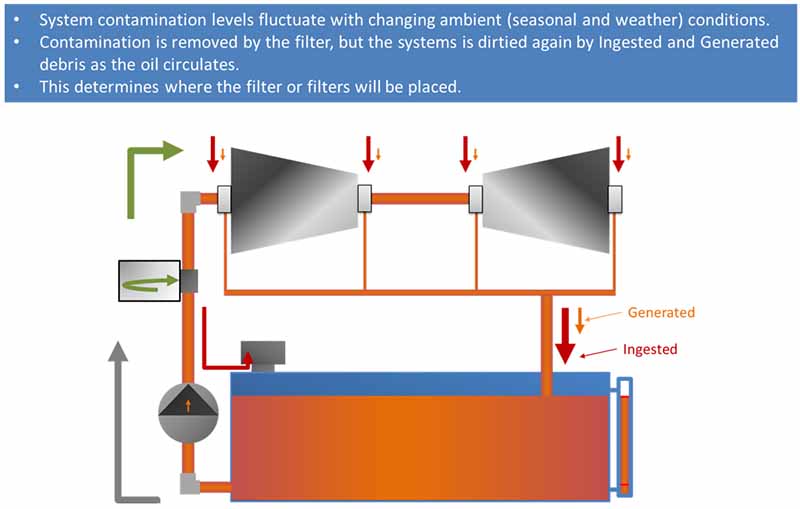
Figure 1 – Solid Particle Ingression in a Turbine System.
Firstly, the ingression associated with manufacturing can be controlled by specifying agreed standards of cleanliness with the manufacturer, which can be tackled through flushing before commissioning. Service ingression can also be controlled to some extent by applying clean working procedures and using portable filtration or fixed inlet/filler filter units to ensure the delivery of clean fluid to the system.
This would ensure that the specified filter is not over-engineered for the task merely to meet the challenge of intermittent contaminant ingress due to oil top-ups and changes.
The cost of preventing dirt from entering the system is a fraction of what it costs to remove it
Therefore, the focus of filtration for maintaining cleanliness levels should be on dealing with ingested and generated debris. Considering wear debris, the generation of contaminants from within the machinery, an active root-cause-focused condition monitoring program with frequent inspections would ensure that this aspect is minimized.
Tasks such as regular alignment and balancing, tightening of fasteners, and regular machinery inspections would help limit the risk.
Regarding the ingestion of solid particle contaminants again, depending on the quality of the components at the ingestion point, this will further reduce overall ingression and minimize wear debris generation. Therefore, the emphasis of expenditure should not be solely on filtration, but also on upgrading the breather, vents, seals, and fill points.
To highlight this, the cost of preventing dirt from entering the system is a small fraction of what it will cost to remove it from the system. This enables funding to be applied more proactively across the system, thereby minimizing expenditure and time spent on maintaining the filtration.
Considering these issues, the next step is to evaluate the system itself. The complexity and type of the system will determine the ease with which a location is selected.
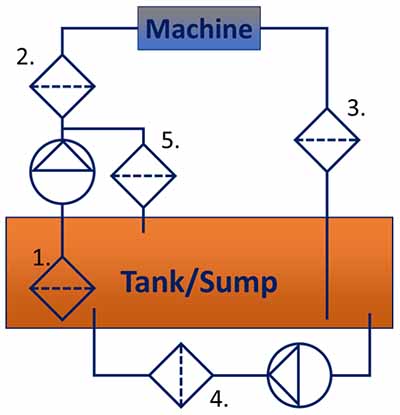
Figure 2 – Filter Location Options.
- Suction Line
- Pressure Line
- Return Line
- Offline
- Bypass
Each of the locations will be discussed.
Suction Line Filtration

- All units should be fitted with a strainer, typically of 100µm rating, to minimize the risks of large foreign objects entering the system and potentially causing catastrophic damage. These must be accessible for regular inspection and cleaning if necessary.
- It is not generally recommended except as a strainer device to avoid large debris that may have accidentally entered the tank.
- Generally, it is an inexpensive option.
- There is a risk of cavitation to the pump if too fine a filter is fitted or if the strainer becomes choked with sludge, heavy sedimentation, or foreign objects such as rags.
- There is no protection of sensitive components beyond the pump.
- The filter must be large to avoid excessive pressure drop and avoid compromising on coarse filtration rather than fitting a bigger element.
- Access can prove challenging for replacement or monitoring inside the tank.
- Always consult the pump manufacturer before fitting any device upstream of the pump.
Typical Applications
Pick-up strainers are usually used where an oil pump is in operation. However, actual suction line filters are typically on hydraulic systems and should be in addition to the main filtration in the pressure or return lines.
Pressure Line Filtration
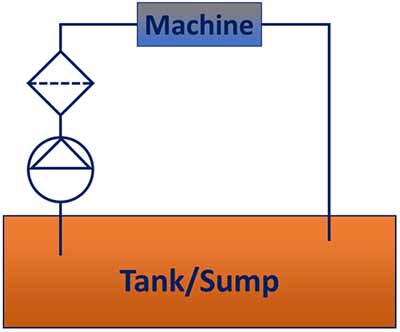
- Provides effective control over system fluid cleanliness levels
- Provides effective protection to sensitive components and sub-systems.
- Protects systems from pump failure.
- The filter must be able to withstand full system pressure.
- Pressure drop across filters is less of an issue than on return or offline filters.
- Potential harm from vibration or transient pressure and flow peaks.
- The system must be stopped for element change unless duplex filter housings or service bypass valves are fitted.
- The filter must withstand any cyclic pulses produced by pump or system pressure variations.
- Has a perceived high unit cost.
Typical Applications
- Turbines
- Compressors
- Engines
- Hydraulic systems
Return Line Devices
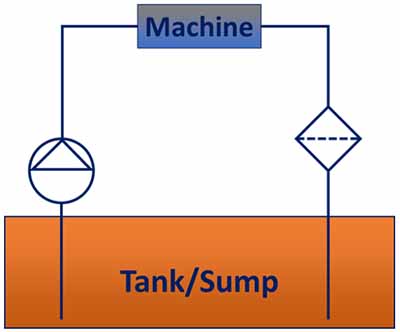
- Provides effective control over system fluid cleanliness levels.
- Prevents ingested or generated debris from reaching the reservoir.
- The filter may be subjected to high flow surges when the system is operating.
- The system must be interrupted for maintenance unless duplex filters or service bypass valves are employed.
- Return line filters may be mounted on the reservoir or fitted in-line.
- Generally, less expensive, less complex design.
- No direct protection of sensitive components.
- Care should be taken to avoid excessive back pressure against upstream components.
Typical Applications
Hydraulic systems only because, in most cases, there is sufficient pressure in the return line to use on a hydraulic unit, and the most likely point of dust particulate entering the system is usually at the “machine” or, in the case of hydraulics, a cylinder ram. In the case of turbines, it is typically a gravity drain to the tank, so return line filtration should be avoided as the filter may cause flooding of the bearing housings.
Offline, Side Stream, or Kidney Loop Devices
There is the option of fitting a permanent offline filtration unit as supplemental/additional filtration or using a filter cart or filter skid as a temporary offline filter.
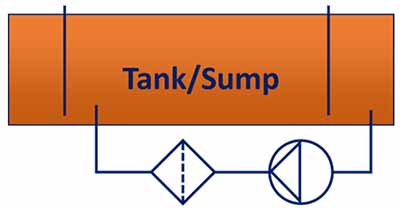
- Provides effective control over system fluid cleanliness levels when permanently mounted with no concern about pressure drop.
- Filtration is still possible when the system is in shutdown mode.
- The filter is not subjected to system conditions of flow/pressure peaks or vibration.
- The filter can be positioned for ease of access.
- Does not require system interruption for element replacement.
- The offline circuit can be utilized for system refills or top-ups.
- This introduces a higher cost of setup owing to the extra pump, piping, and valves.
- Not suitable for in-line protection of sensitive components.
- Does not alone filter 100% of the fluid in the system.
Filter Carts – Use Them For
- Periodic clean-up
- Flushing
- Pre-filtering new oil
- Filling tanks and machines
Typical Applications
- Gearboxes without OEM filtration
- Storage tanks
- Hydraulic system tanks
- Turbine tanks
Bypass Filtration Devices
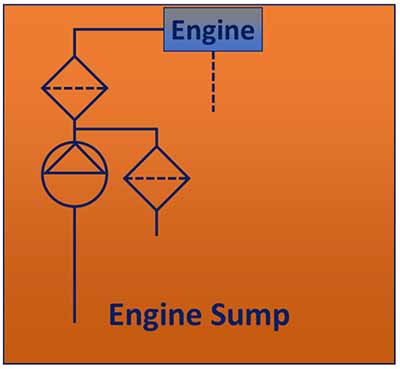
- Generally recommended on engines as 5% of the flow returns direct to the sump, so the level of filtration is not a concern to the flow rate.
- The bypass filter can be a finer rating than the full flow filter.
- Generally, an inexpensive option
- Always consult the engine manufacturer before fitting any device upstream of the pump.
Typical Applications
Typically used on engines.
Other Contaminants and Multiple Locations
Multiple objectives may lead to the consideration of several possible locations. For example, in extreme environmental conditions, an offline circuit may prove invaluable to the pressure or return line setup.
Filtration is not merely limited to solid particles. Other contaminants, such as water, may ingress into the system. One consideration may be connecting vacuum dehydration units on an offline circuit to remove incidental water ingress.
Filtration isn’t just about particles—water, varnish, and oxidized oils demand equal attention.
In addition, it is becoming more common to incorporate oxidized oil molecule removal units on the offline circuit, particularly on hydraulic machinery that has experienced varnishing problems in the past.
On crankcase units, bypass filtration is also an option to support pressure line filtration and enhance filtration performance. The benefit is that it allows finer filtration without affecting the flow or pressure delivered to the working components.
Key Takeaways for Smart Filter Placement
The goal of the solid particle filter is to balance the system’s ingression rate. To minimize costs, the issues of built-in debris and generated particles should be controlled through proactive maintenance strategies. This would reduce the ingression rate and maximize the filter’s life and required location.
The right location and choice of housing can further minimize the impact of filter maintenance on production. Above all, ensure that the housing is easily accessible for regular inspection, includes a pressure differential monitoring device to look for the onset of filter blockage, and considers the ease of servicing and element replacement.

